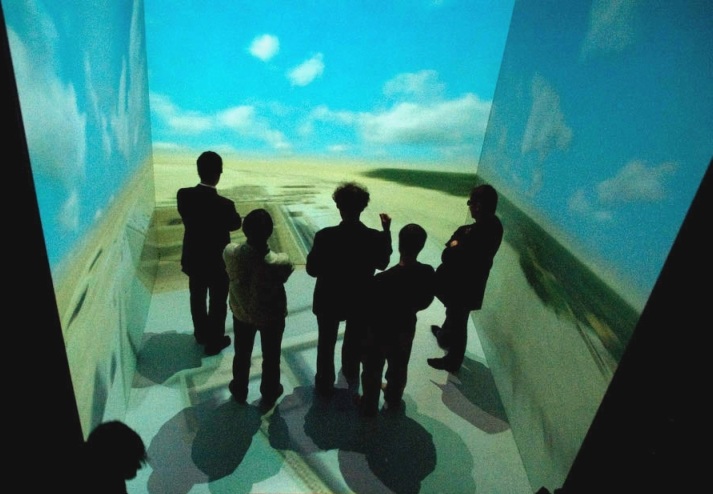The irony of smartphones is that they often lead to increased isolation instead of connectivity. People can use headphones to shut out the world as they walk and substitute spending in-person quality time with their loved ones for quick messages on social media. But the latest technological innovation, augmented reality, is helping people reconnect in new, creative, and special ways.
Augmented reality bridges the physical world with the digital by overlaying text and images onto real-world objects. People experience the augmentation through a smart device that is equipped with a camera or a video player and, often, a geo-location feature.
The most popular example of augmented reality is Pokémon Go, a game that attracted 45 million unique players during the month of July 2016. Pokémon Go, based on the 90’s cartoon series of the same name, allows people to use their smartphone to catch digital creatures called Pokémon near wherever players happen to be in the physical world. The game’s nature has reportedly helped people get out of the house and walk all over their neighborhoods, a feat that has led not only led to increased exercise but increased community engagement as well.
Renewed interaction with the Batavia Peace Garden in Batavia, New York is just one example. Prior to the release of Pokémon Go, only a handful of people would visit the garden each day. But with the advent of the augmented reality adventure, over 30 people began visiting the park on a daily basis. Once there, not only did they interact with their phones by trying to catch Pokémon, but they did what players around the world have done and interacted with one another, thereby making new friends as they exchanged ideas about the game.
While Pokémon Go is the year’s most popular augmented reality game, it is far from the only one that’s available. Other options such as Ingress and SpecTrek also inspire community engagement and create their own social ecosystems.
But augmented reality gaming is not the only way people are using this technology to connect. For instance, an app called WallaMe allows people to leave hidden, digital messages overlaid onto physical locations for other WallaMe users to find. Alternatively, the Yelp Monocle app guides people to restaurants and businesses that offer augmented reality features to their customers.
The cutting edge of augmented reality technology also connects people in real time from all over the world. VNTANA is the world’s first scalable and affordable holographic system. Like FaceTime and Skype, which facilitate real-time video conferencing, VNTANA’s system allows people to see one another face-to-face. The difference is that VNTANA projects a detailed, life-size whole body image of the person on the other end of the line, thereby placing him or her right into a person’s living or conference room. Its interactive software tracks whole body movement and displays it on the other end, allowing users to have a lifelike experience. In addition, its technology has helped hundreds of people connect with each other as well as their favorite DJs by projecting huge music festivals in smaller, much less expensive venues in a realistic, immersive fashion.






